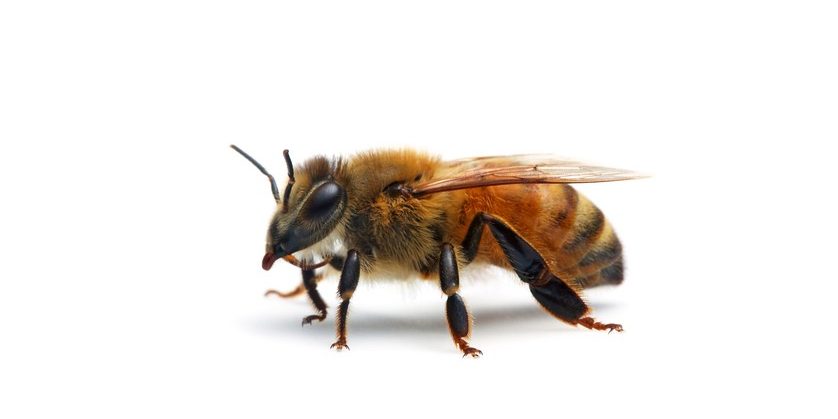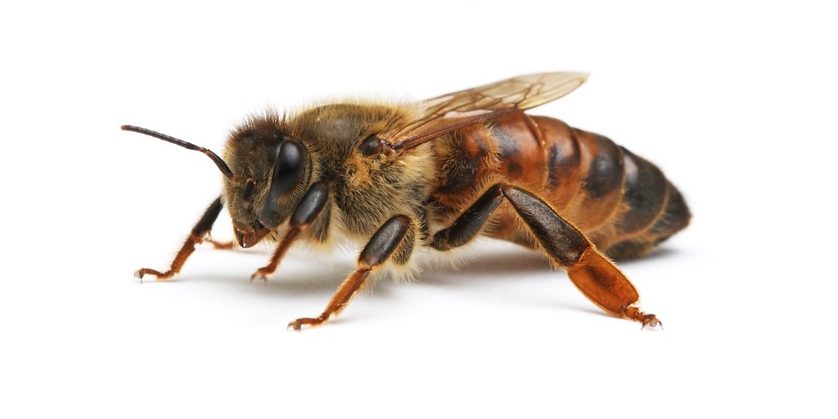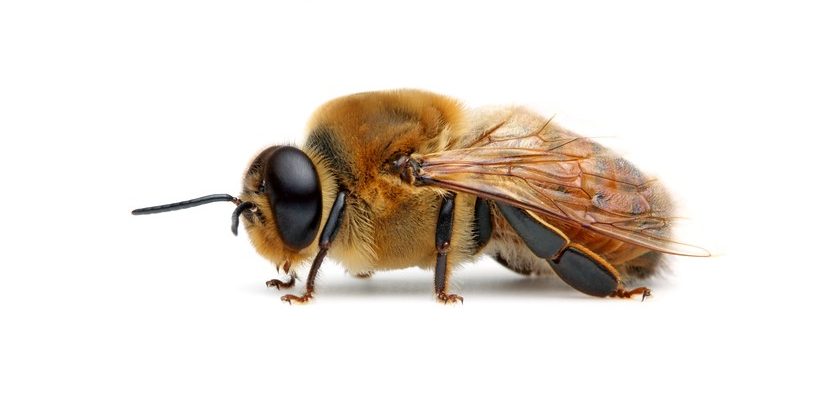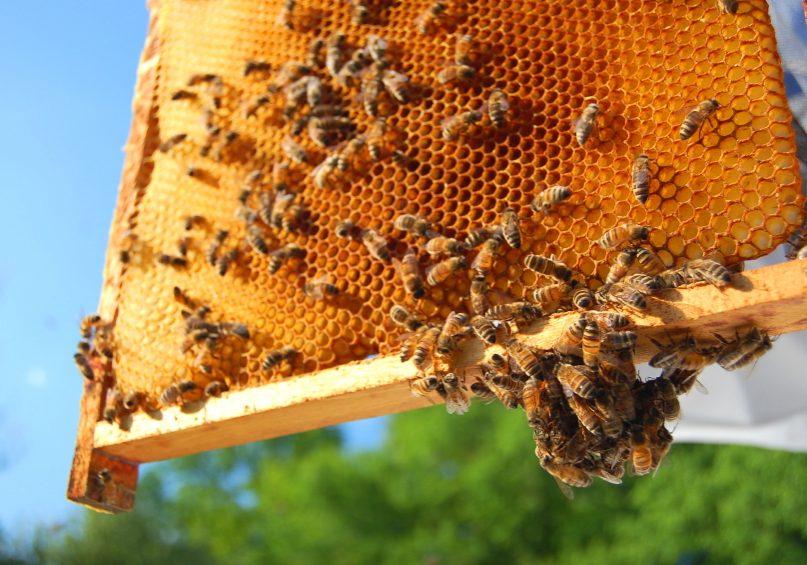Our Bees
“If the bee disappeared off the surface of the globe, then man would have only four years of life left. No more bees, no more pollination, no more plants, no more animals, no more man.”
- Albert Einstein
Honeybee hives have long provided humans with honey and beeswax.
However, it is there incredibly important pollination services to the world that we are most reliant on. Without bees, the world would have no effective way to pollinate plants and food. Bees are a crucial part of our everyday life and it is important that we appreciate and respect the contribution they make in our lives.
Bees have traditionally lived on stored honey and pollen all winter, and cluster into a ball to conserve warmth. Larvae are fed from the stores during this season and, by spring; the hive is swarming with a new generation of bees. However, commercial and private beekeepers now share a symbiotic relationship with the bees and assist with several areas of the annual bee’s life cycle.
All honeybees are social and cooperative insects. A hive's inhabitants are generally divided into three types:

Worker Bees
These are the only bees that most people ever see. These bees are females that are not sexually developed. Workers forage for food (pollen and nectar from flowers), build and protect the hive, clean, circulate air by beating their wings, and perform many other societal functions.

Queen Bee
The Queen Bee’s job is simple, but not necessarily easy…laying the eggs that will spawn the hive's next generation of bees. There is usually only a single queen in a hive. If the queen dies, workers will create a new queen by feeding one of the worker females a special diet of a food called "royal jelly." This elixir enables the worker to develop into a fertile queen. Queens also regulate the hive's activities by producing chemicals that guide the behavior of the other bees.

Drones
Drones are the male bees whose sole purpose is to mate with the queen. Several hundred drones live in each hive during the spring and summer, but they are expelled for the winter months when the hive goes into a lean survival mode.
Bees can also be found to live in a number of habitats.
On their own naturally, bees find refuge and build hives in hollow trees, on tree branches and even in our homes. Commercially bees are kept in multi-frame hives designed to meet the specific needs of the bees.
Bees for the most part are harmless to people when left alone. It is usually only after agitation or response of protection of their hives that bees become aggressive and can be known to sting. For most, bee stings don’t offer an immediate threat. However, for some, the sting can cause an allergic reaction requiring immediate medical condition. All in all though, bees are an amazing contributor to our world and daily life style.

Did You Know?
Approximately one third of all the food Americans eat is directly or indirectly derived from honey bee pollination. Some crops pollinated are cucumbers, almonds, carrot seed, melons, apricots, cherries, pears, apples, prunes, plums, pluots, seed alfalfa, cantaloupe, seed onions, avocados, kiwi, blueberries, cranberries, etc.
On average, a worker bee in the summer lasts six to eight weeks. Their most common cause of death is wearing their wings out. During that six to eight-week period, their average honey production is 1/12 of a teaspoon. In that short lifetime, they fly the equivalent of 1 1/2 times the circumference of the earth.
The peak population of a colony of honeybees is usually at mid-summer (after spring buildup) and results in 60,000 to 80,000 bees per colony. A good, prolific queen can lay up to 3,000 eggs per day.
Drones fly on United Airlines. This is a corny joke amongst beekeepers because of the way queens and drones mate. When a queen is five to six days old, she is ready to mate. She puts out a pheromone scent to attract the males and takes off in the air. The males from miles around smell the scent and instantly volunteer in the mating chase, which is performed in the air.
A honeybee can fly 24 km in an hour at a speed of 15 mph. Its wings beat 200 times per second or 12,000 beats per minute.
Bees have 2 pairs of wings. The wings have tiny teeth so they can lock together when the bee is flying.
A single beehive can make more than 100 pounds (45 kg) of extra honey. The beekeeper only harvests the extra honey made by the bees.
